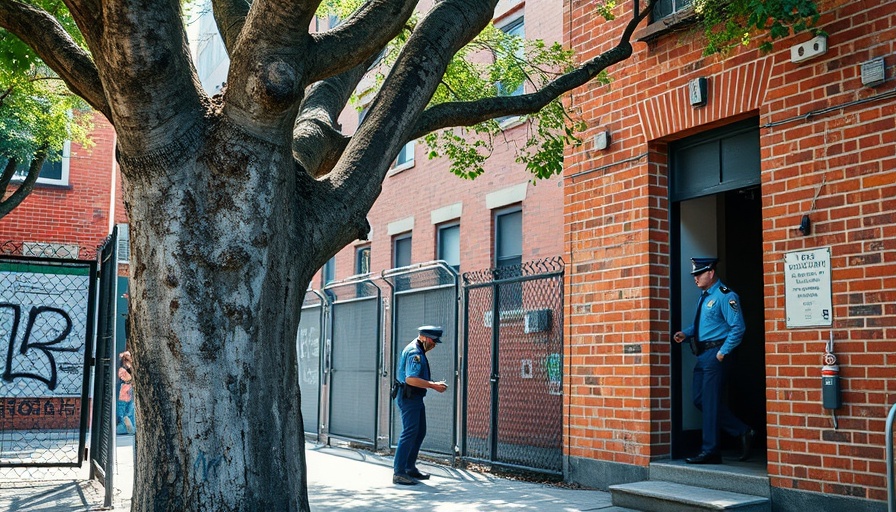
Discovering the Charm of Greenwich Village’s Hidden Alleys
Greenwich Village, known for its rich history and bohemian spirit, is home to several mews and alleys that offer a glimpse into its past. Not just your typical tourist spots, these hidden corners represent the artistic legacy and unique architectural evolution of one of Manhattan's oldest neighborhoods.
The Historical Significance of Washington Mews
One of the most notable areas is Washington Mews, a quaint, private street just north of Washington Square North. Originally constructed in the 1830s as stables for the luxurious townhouses of wealthy residents, it has transformed over time. By the early 1900s, these stables were renovated into artist studios, attracting notable figures like sculptors Paul Manship and Gaston Lachaise. The ambiance retains its historic charm with cobblestones and ivy-draped façades, inviting visitors to experience a slice of New York City's storied past.
The Artistic Legacy of MacDougal Alley
Just north of Washington Square Park lies MacDougal Alley, a narrow lane steeped in history. This alley once served as stabling grounds for the grand townhouses nearby, but as the neighborhood evolved, it became a haven for artists. In the early 20th century, it flourished under the patronage of Gertrude Vanderbilt Whitney, who transformed the space into an artistic community. Despite facing challenges, MacDougal Alley has maintained a vibrant artistic spirit, evidenced by its current use as studio space for the New York Studio School, inspiring new generations of creatives.
Unveiling Lesser-Known Gems of Greenwich Village
Aside from Washington Mews and MacDougal Alley, Greenwich Village is dotted with other hidden alleys like Milligan Place and Patchin Place, each with their own unique stories. Milligan Place, for example, was originally a boarding house for Basque waiters and famously housed playwright Eugene O’Neill. Patchin Place, known for its historic gas lamps, was home to poet E.E. Cummings.
Why These Secret Spaces Matter Today
The significance of these alleys extends beyond their historical backgrounds; they reflect the evolution of urban spaces and the stories of the individuals who shaped them. For lawyers, accountants, and medical professionals, these hidden spots can serve as a moment of peace amidst a bustling city life. Moreover, they offer inspiration, highlighting the importance of preserving history even in bustling metropolitan areas. Each cobblestone and distanced façade tells a story that resonates with the artistic spirit of creativity and resilience.
With these extraordinary locales within reach, exploring Greenwich Village's hidden alleys offers both a fascinating historical perspective and an opportunity for personal escape. So, take a moment from your busy city schedules and discover the enchanting landscapes that tell the stories of New York City's vibrant past. Whether passing through or planning a visit, these spots are sure to redefine your understanding of Greenwich Village.
 Add Row
Add Row  Add
Add 




Write A Comment